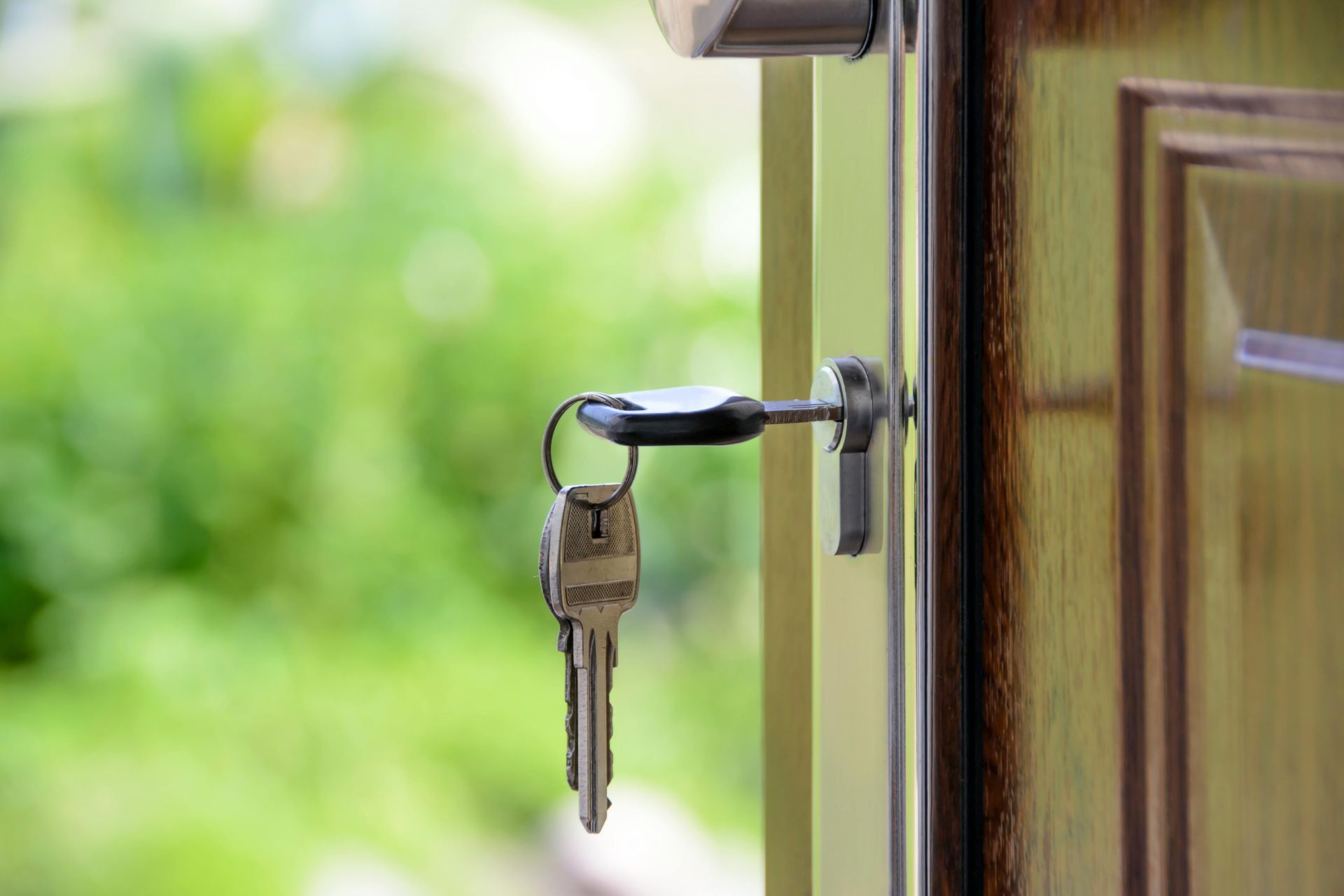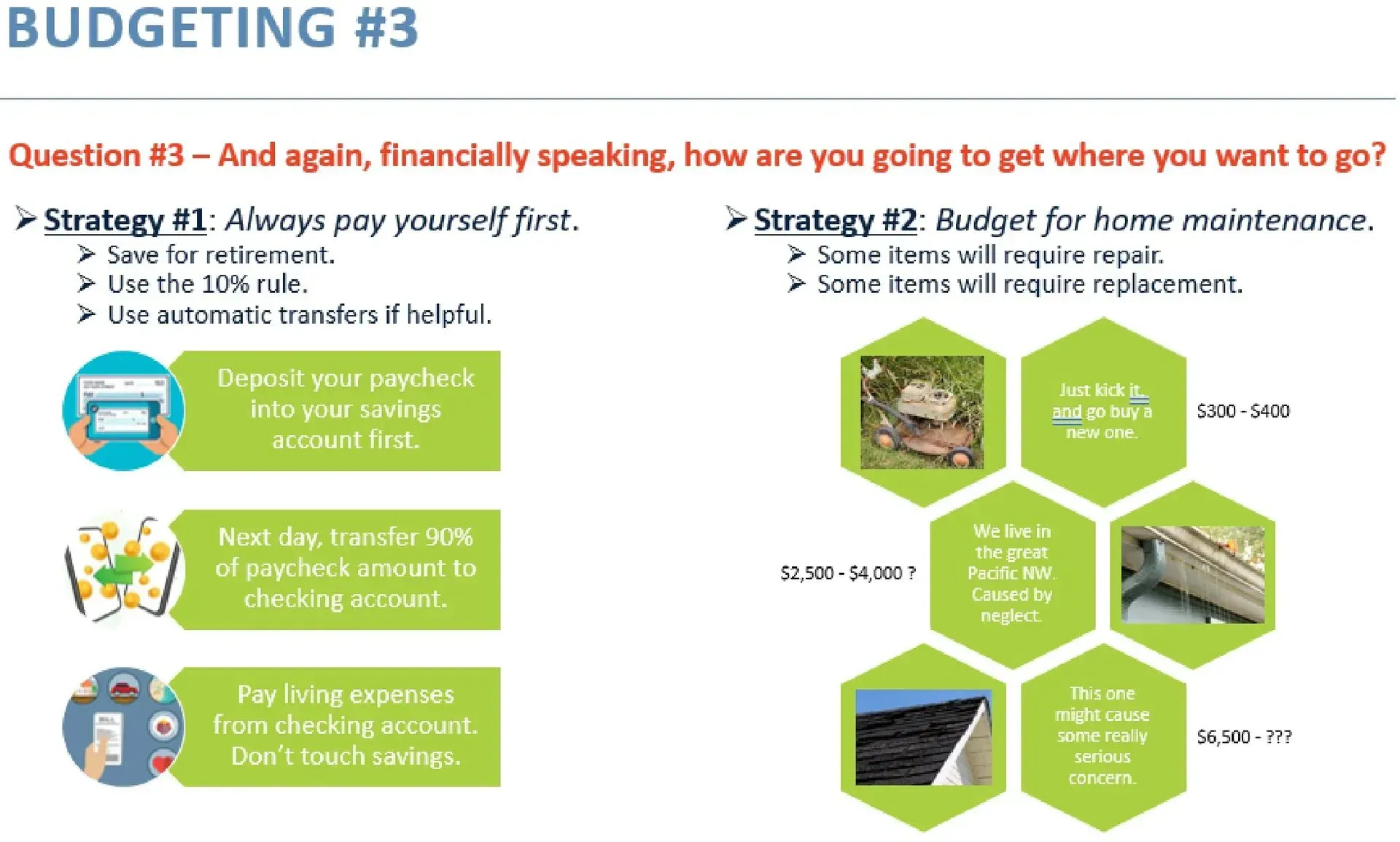You Don't Need 20% Down!

You don't need 20% down! Sure, it's nice, but it's not necessary. In my blog entry of last week, I promised that we'd blow the 5 greatest mortgage myths of all time out of the water. Today we're going to take the first one head-on, the idea of needing a 20% down payment before you can purchase a home. Simply put, it's just not true. It was true - a long time ago - but no more. Here's a short history on mortgages and mortgage insurance, so that everyone understands what it is, and why it exists.
In the mid-to-late 19th century, most of the U.S. population did not own homes. The "average Joe" just simply couldn't afford to buy one. The banks said you had to put 50% down, finance the balance over a 10 year term, and pay off the entire balance at the end of the 5th year. So if you were able to compile a 50% down payment, but not fortunate enough to pay off the balance in 60 months, you were constantly having to refinance your mortgage every 5 years. This was quite common in those times prior to the existence of mortgage insurance. Mortgage insurance is what makes lenders comfortable with low and/or no down payment mortgage loans, because if a homeowner defaults on their loan, the mortgage insurance company helps to make the lender whole.
Mortgage insurance began in the U.S. in the 1880s, and the first law on it was passed in New York in 1904. Then the U.S. went through World War I. Afterward there were a large number of service people returning to their homes with marketable skills, but they hadn't been in the work force long enough to save up a large down payment or develop credit histories that were acceptable to traditional banks. The mortgage insurance industry grew in response to the 1920s real estate bubble and went virtually bankrupt after the Great Depression. So from 1933-1956 commercial mortgage insurance wasn't available in the U.S. No PMI companies even existed until it was authorized again in 1956, when a law was passed, and Mortgage Guaranty Insurance Corporation (MGIC) was chartered. This was followed by a California law in 1961 which would become the standard for other states' mortgage insurance laws. Eventually the National Association of Insurance Commissioners created a model law.
The Federal Housing Administration (FHA) was conceived in 1934. And within 4 years of that time, homebuyers could purchase a home, using an FHA loan, with only 10% down. Today you can purchase a home with an FHA loan with as little as 3.5% down payment. Doing this you would have what is called the Upfront Mortgage Insurance Premium (UFMIP), which is usually financed into the loan amount, as well as a monthly mortgage insurance premium.
Later the U.S. went through World War II, during which the VA mortgage loan program was begun in 1944. Having undergone several updates of down payment requirements, maximum loan terms, and maximum loan guarantee, today a person can purchase a home with absolutely no down payment. The borrower(s) will pay a VA Funding Fee, which can be financed into the loan amount, unless he/she/they is/are exempted from it, according to their Certificate of Eligibility. And there is absolutely no mortgage insurance at all.
Later, of course, the U.S. went through the Korean and Vietnam conflicts. And again as in the past, a large number of service people returned home with marketable skills, but not enough time in the work force to save large down payments or develop credit histories sufficient for low or no down payment mortgages with conventional lenders.
So PMI companies developed mortgage insurance programs, first to insure mortgage loans for people who made 10% down payments. Due to growing demand and increasing home prices, they later developed programs for people who made 5% down payments. Later still, 3% down, and even 0 down payment conventional loans were made available. So if you want to purchase a home, mortgage insurance truly isn't the "elephant in the room" that it's often made out to be.
If you can afford to buy a home with a smaller down payment and a higher monthly payment, you can certainly do so. In fact, simple math will prove that if you can do so, you are much wiser to do so as soon as you are able, rather than waiting until you save 20%. And if you'd like to go over that, just contact me directly, and I'll be happy to illustrate it for you.
Be sure and watch for next week's blog. You know that down payment you're saving for? Well, you can get down payment assistance on many mortgage loans across the country!

Home Mortgage Loan Reviews
Cierra & Jonathan
Jim was absolutely instrumental in our first ever home purchase! He welcomed all of our questions with such warmth and his expertise and respect for our budget made it possible for us to buy the house of our dreams in a market that sometimes felt impossible. We are so grateful to have worked with Him.
Mikahla M.
Jim was amazing and took fantastic care of our mutual clients! He is very communicative and detail oriented, highly recommend!
Tracy H.
I’m always impressed with Jim’s knowledge. If you have questions about home loans and what’s best for you, give Jim a call!
Autumn E.
What more can I say other than how much money he saved me! I went from a mortgage that was drowning me to $800 less per month… That’s beyond HUGE. His whole rate and more secure fabulous rate and more fabulous mortgage payment!
Andrea S.
Jim was very informative in providing details, helping us to select the best loan, and guiding us to the best rate. He walked us through the process of filling out the loan paperwork and was in constant communication throughout the process.
Emma B.
Jim, from start to finish, has been our golden ticket during the process of buying our first home. We met Jim through the homebuyers education class he hosts and we knew right away he was a perfect fit for us. He’s honest, easy to get hold of and efficient. We can’t thank you enough, Jim - you’re the best of the best!
Rachel C.
Jim was very pleasant to work with he understood and worked with all our needs, and made us feel comfortable and confident in our choices. It was a great experience with great communication with everyone involved. We are happy with what Jim provided for us.
Debrah J.
Jim was great to work with. The process was speedy and seamless. We were well informed all along the way.
Mary D.
We have worked with Jim for many years when we purchased our homes or refinanced. He is very knowledgeable about the financial market and transparent. We appreciate that he has our best interest at heart, even if it may not benefit him. Jim is very responsive and we are extremely pleased to have worked with him again on our home loan needs. We absolutely will refer our friends and family to him!
Gerald C.
The outstanding service from Jim and his team was exceptional. The process was painless. And any issues that arose were dealt with quickly and professionally. I will highly recommend.
Tess L.
As first-time homebuyers, we were very nervous about all the complex pieces of this process. Jim was very patient with us and explained everything in detail and answered all our nervous questions with patience and understanding! Could not recommend more!
Jose A.
Jim has been fantastic with us! He has been prompt, honest, professional & a pleasure. I would recommend. 10/10! We look forward to working with Jim for the rest of our lives.
Samantha W.
Jim was amazing, the whole team took care of us and was always there. Thank you!
Adam M.
We had a great experience with Jim. We started in a home buyers class in June, 2016, and he coached us several times even before we were actually ready to buy. He told us exactly what to do, and when and how to do it. He was always available to meet when we needed him, including after regular business hours.
Brian F.
Jim was so responsive and extremely patient with all our questions. And the best part was that there weren't any negative surprises! We will certainly refer others to Jim.
Britt J.
From start to finish Jim has helped us every step of the way. We had many, many questions that he was more than happy to walk us through. We highly recommend using Jim Eyre and his team.
Matthew W.
Jim has been incredibly helpful and a pleasure to work with through the entire process, not only with paperwork, but also personally. Thank you so very much!
Browse My Website
Contact Information
Phone: (425) 210-2963
Email: jeyre@nexamortgage.com
Operating From 13320 Hwy 99, Unit 197, Everett, WA 98204
License: NMLS #442452
Corporate NMLS # 1660690
All Rights Reserved | Jim Eyre




